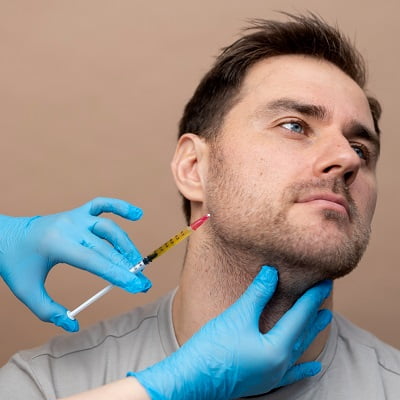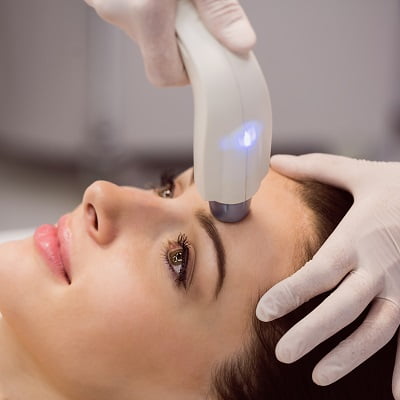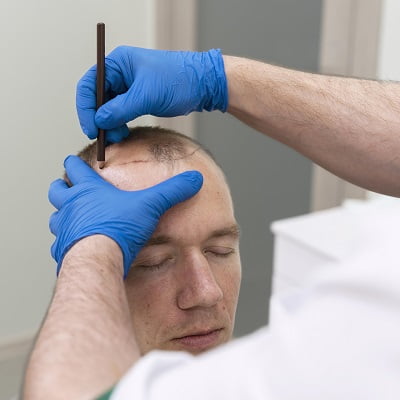
 Both men and women can develop melasma, a common skin condition. However, addressing and treating melasma may present special difficulties for men. Dark patches of skin on the arms, face, and neck are common locations for melasma. The pigment that gives our skin its colour, melanin, overproduces, resulting in these patches. Read on to learn more about melasma treatment here.
Both men and women can develop melasma, a common skin condition. However, addressing and treating melasma may present special difficulties for men. Dark patches of skin on the arms, face, and neck are common locations for melasma. The pigment that gives our skin its colour, melanin, overproduces, resulting in these patches. Read on to learn more about melasma treatment here.
What is Melasma?
Melasma is one of the biggest problems that men have to deal with because it is frequently misdiagnosed or ignored. This is due to the fact that men are less likely than women to seek medical attention for skin problems. Men may also be more inclined to overlook or discount skin changes, which can delay diagnosis and treatment.
Melasma Treatment For Men:
Melasma can be harder to treat for men than it is for women, which presents another difficulty. This is due to the fact that men typically have thicker skin than women, which makes it possible that topical treatments won’t work as effectively. Additionally, irritation and other side effects from topical treatments may be more common in men.
Despite these challenges, there are several treatment options available for men with melasma. Royal Cosmetics Islamabad offers several treatment options for men. These include:
1. Topical treatments:
A skin condition called melasma causes some areas of the skin to become darker than others. One of the most popular methods for melasma appearance reduction is topical therapy. A topical drug called hydroquinone can help to lighten dark patches by preventing the skin’s melanin from being produced. Retinoids are a different class of topical medication that, by promoting cell turnover and preventing the retention of pigment in the skin, can help to lessen the appearance of melasma. Melasma can also be treated topically with corticosteroids, though this is less common. It may take several months before results from these treatments become apparent and they may have side effects like redness, peeling, or irritation.
2. Chemical peels:
When a chemical solution is applied to the skin, it causes the skin’s outer layer to peel off. Removing the top layers of skin that are afflicted, can help to lessen the appearance of melasma. Chemical peels can be painful and uncomfortable, and they might not be appropriate for all skin types, so it’s important to keep that in mind. In addition, they may result in side effects like scarring, swelling, and redness.
3. Laser therapy:
Targeting the pigmented skin cells that are causing the melasma-related dark patches on the skin is the goal of laser therapy. Multiple sessions might be necessary to achieve the best results, and this treatment is typically more expensive than alternative options. Although melasma can generally be reduced in appearance with laser therapy, there are some possible side effects, such as redness, blistering, or scarring.
4. Sun protection:
The key to managing melasma is to protect your skin from the sun. Sunlight exposure can exacerbate the condition and make the dark patches more obvious. Because the sun’s rays are strongest between the hours of 10 am and 4 pm, it is crucial to wear protective clothing and sunscreen whenever possible. The risk of developing melasma or making the condition worse can also be decreased by avoiding prolonged sun exposure.
Challenges in the Treatment of Melasma for Men:
Dark, erratic patches can appear on the face and other parts of the body as a result of the skin condition melasma. For men, melasma treatment can be difficult for a number of reasons, including:
1. Thicker Skin:
Men typically have thicker skin than women do, which makes it more challenging for topical treatments to reach the pigment-producing melanocytes deep within the skin.
2. Hormonal Differences:
Melasma can develop differently in men and women due to hormonal differences. Men frequently get melasma from exposure to UV radiation, whereas women are more likely to get it from hormonal changes during pregnancy.
3. Limited Treatment Options:
Men with melasma have few treatment options available. Due to possible side effects like skin irritation, redness, and inflammation, many melasma treatments, like hydroquinone, may not be appropriate for men.
4. Lack of Awareness:
Men may be less aware of melasma and its treatment options, which can result in delayed diagnosis and treatment.
Ideal Candidates For Melasma Treatment:
Ideal candidates for melasma treatment typically have moderate to severe pigmentation irregularities on their faces, typically presenting as tan or brown patches with irregular borders.
Benefits of Melasma Treatment:
The benefits of melasma treatment include improving the appearance of these hyperpigmented areas, reducing their size and degree of discolouration, and enhancing overall skin clarity and evenness. Additionally, certain treatments may help prevent further melasma outbreaks, or at least minimize their frequency and severity.
However, it’s important to note that melasma can be a difficult condition to treat and may require ongoing care to achieve lasting improvement. Consultation with a dermatologist is recommended to fully assess the condition and determine the best course of treatment.
Book Your Consultation:
In conclusion, melasma is a common skin condition that can affect men as well as women. However, men may face unique challenges when it comes to addressing and treating melasma. It is important for men to seek medical attention if they notice changes in their skin and to work with a dermatologist to find the best treatment options for their individual needs. With proper care and treatment, melasma can be effectively managed in men.
If you are interested in finding the best treatment option for you, then you can contact Royal Cosmetics Islamabad. You can call us directly or fill out the form given below. Our staff will reach out to you shortly.











Book Appointment